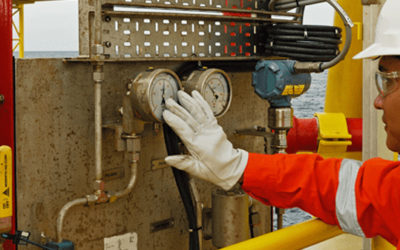With over 1.3 million miles of energy pipelines in the U.S. alone, failure points are inevitable. The U.S. Department of Transportation has found that 28 percent of those...
Blog Category:
Pipelines & Terminals
What Is Your Formula for Risk Management Success?
From personnel and environmental safety to financial solvency, operational risks in the oil and gas industry wait at every turn. Companies in the industry work to mitigate...
Finding Material and Energy Balance in Downstream Systems
Physical systems, when analyzed, have several aspects in common. Among them is the important concept of "mass and energy in should equal mass and energy out." Of course,...
Pigging Systems Go Automated
In 1994, the U.S. Department of Transportation codified regulations that would require oil and gas pipeline operators to "accommodate the passage of instrumented internal...
Industry Changes to Process Safety Management Still Being Considered
On May 26, 1992, the Process Safety Management (PSM) rules — codified as 29 CFR 1910.119 — were enacted by the U.S. Occupational Safety and Health Administration (OSHA)....
Inspections Enhance Safety and Operational Solvency
Oil and gas operations have many facets to them, from exploration to abandonment. The facilities and procedures used by the industry must often meet stringent regulatory and...
Routing Pipelines Requires Contributions from Many Fields
Energy pipelines are a vital component to the downstream petroleum industry, acting as a web of highways for moving oil, gas, natural gas liquids (NGL), and other...
Operations and Maintenance Planning Keeps Oil and Gas Facilities Efficient
From auto manufacturers to oil and gas refiners, facility managers are always interested in increasing operational efficiency and improving the effectiveness of maintenance...








